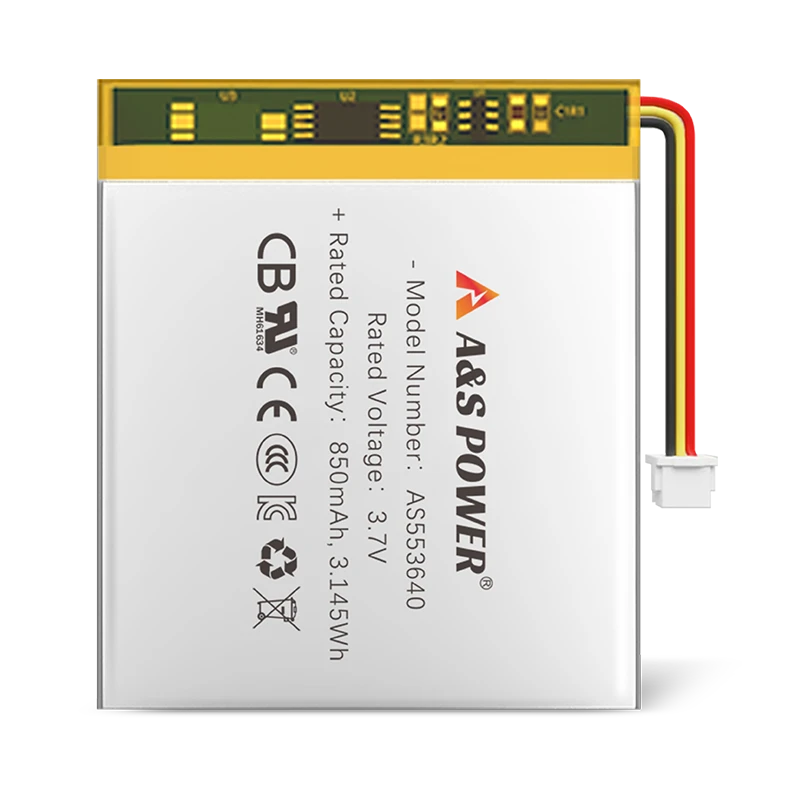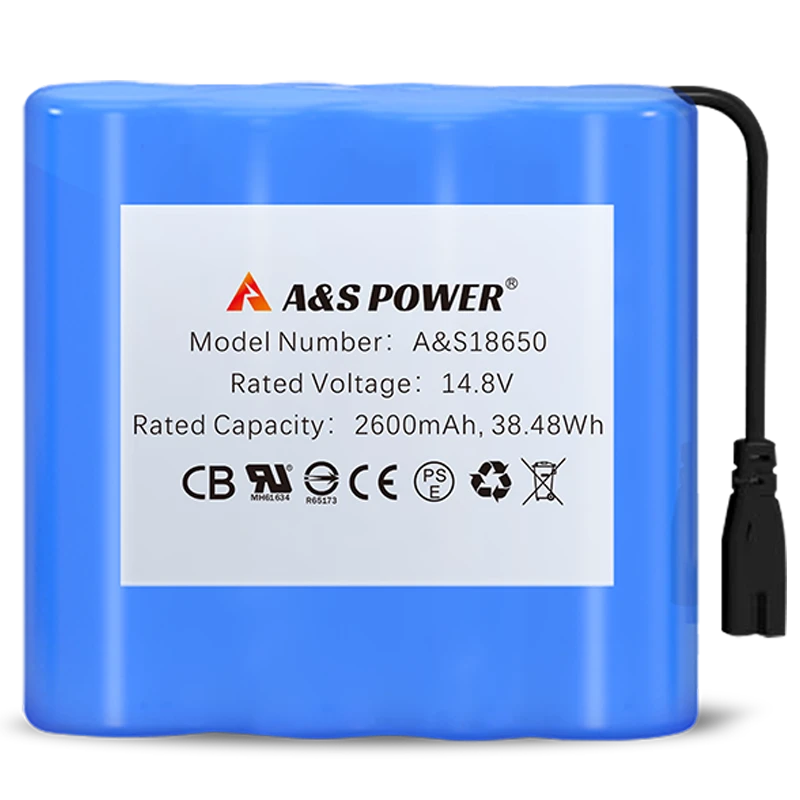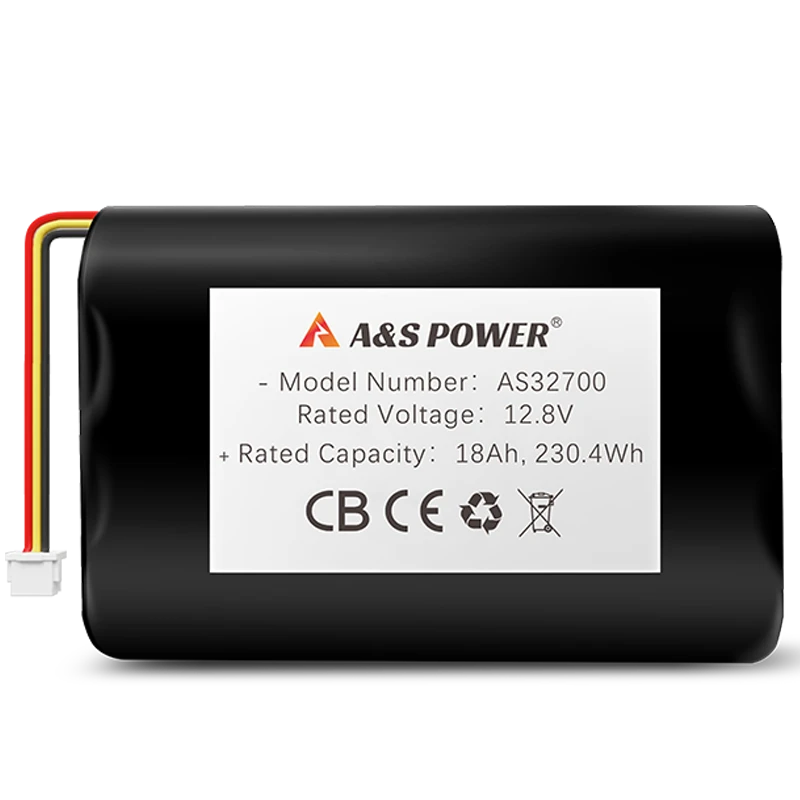2025 August Reciprocal Tariff Order: Cost Impact Analysis for Lithium-Ion & Polymer Battery
1. Executive Summary
On July 31, 2025, the President issued Executive Order 14288 “Further Modifying the Reciprocal Tariff Rates,” to correct persistent trade imbalances by imposing additional ad valorem duties on imports from key trading partners. These changes take effect at 12:01 a.m. EDT on August 7, 2025 The White House.
2. Key Provisions of the New Tariff Order
-
Effective Date: 12:01 a.m. Eastern Daylight Time, 7 days after July 31, 2025 (i.e. August 7, 2025).
-
EU Imports: If the current HTSUS Column 1 rate is below 15%, duties will be raised so the combined rate equals 15%. For goods already at ≥ 15%, no extra duty applies.
-
Annex I :
|
|
-
Transshipment Penalty: Any goods found to evade tariffs via rerouting face a 40% duty plus additional fines The White House.
3. Impacts on Lithium-Ion & Polymer Battery Manufacturing
-
Raw Material Cost Increases:
-
Critical inputs such as cathode precursors, lithium carbonate, electrolyte solvents, and separators often originate from Annex I countries or the EU.
-
Expected raw material cost inflation of 5%–15%, directly pressuring production margins.
-
-
Pricing & Contracting Challenges:
-
OEMs in consumer electronics, medical devices, and wearables will demand tighter quotes.
-
Battery suppliers must incorporate tariff-adjustment clauses or negotiate longer-term fixed-price contracts.
-
-
Inventory & Cash-Flow Management:
-
Some manufacturers may front-load orders before August 7 to lock in current rates, tying up working capital.
-
Others risk stockouts if they delay, facing higher post-effective-date duties.
-
4. Recommended Mitigation Strategies
-
Diversify Suppliers:
-
Source from lower-duty regions (e.g., selected ASEAN or Latin American suppliers) to hedge against Annex I surcharges.
-
Leverage Trade Agreements:
-
Utilize USMCA, RCEP, or bilateral FTA provisions—ensure complete Certificates of Origin to qualify for reduced or zero duties.
-
Optimize Procurement Timing:
-
Balance pre-August 7 purchases with cash-flow constraints; consider staggered ordering to smooth cost spikes.
-
Contractual Safeguards:
-
Embed tariff-pass-through and force-majeure clauses in supply agreements to share or shift unexpected duty burdens.
-
Transparent Client Communication:
-
Proactively inform downstream partners of policy-driven cost changes, reinforcing trust and partnership.
-
Engage Industry & Government Channels:
-
Work with trade associations and submit feedback to Commerce and USTR for possible transition relief or exemptions.
5. Conclusion
The August 2025 reciprocal-tariff adjustments present both a challenge and an opportunity. By understanding the Executive Order’s mechanics and deploying targeted supply-chain, contractual, and communication strategies, lithium-ion and polymer battery manufacturers can safeguard margins, maintain supply reliability, and strengthen customer relationships amid evolving trade policies.
Finally, no matter what industry we are in, we hope that we can: Keep Calm and Carry On.

-

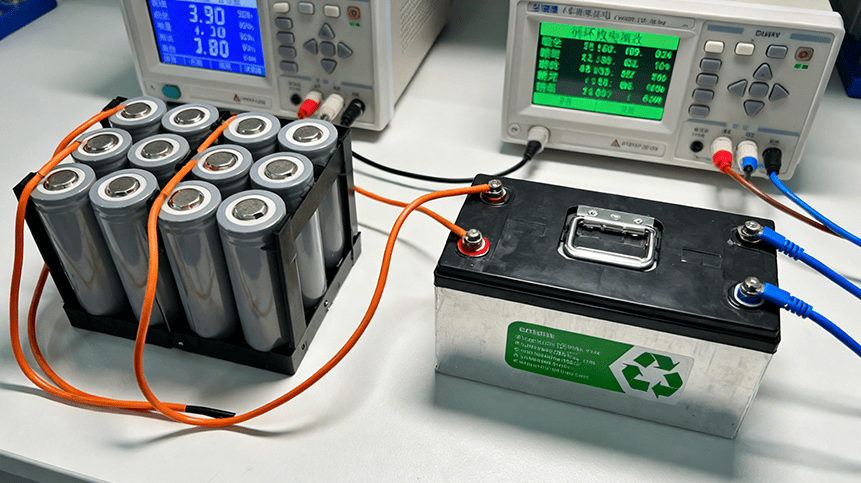 May.2025.11.24Ternary Lithium Battery vs Lithium-ion: Complete Comparison Guide (2025 Edition)Learn More
May.2025.11.24Ternary Lithium Battery vs Lithium-ion: Complete Comparison Guide (2025 Edition)Learn More -

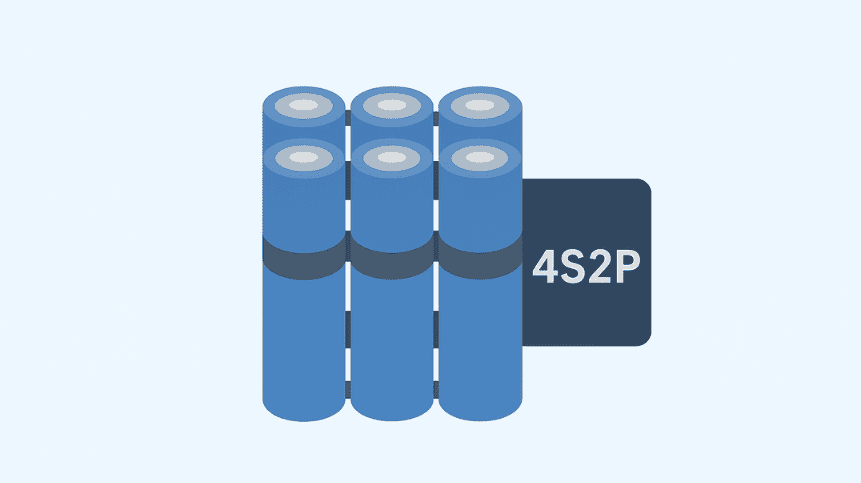 May.2025.11.214S2P 18650 14.8V Battery: Complete Technical Guide, Specs, Applications & SafetyLearn More
May.2025.11.214S2P 18650 14.8V Battery: Complete Technical Guide, Specs, Applications & SafetyLearn More -

 May.2025.11.18PCM vs BMS in Lithium Batteries: What’s the Difference and Which One Do You Need?Learn More
May.2025.11.18PCM vs BMS in Lithium Batteries: What’s the Difference and Which One Do You Need?Learn More -

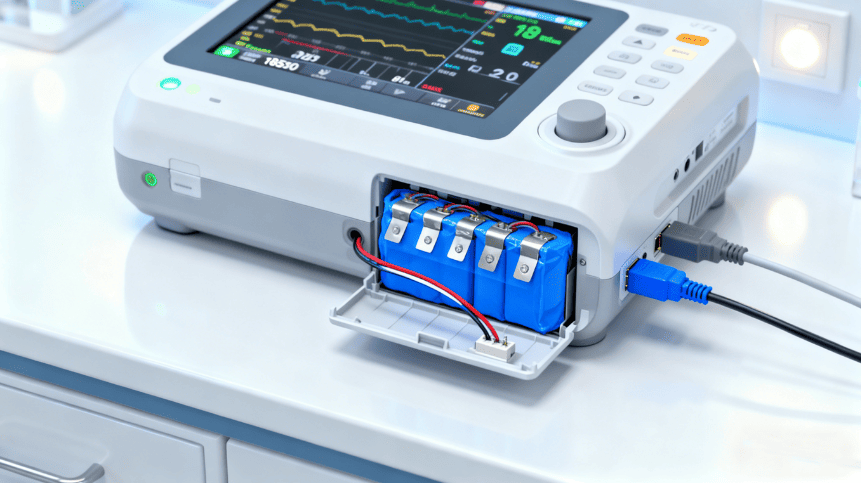 May.2025.11.17Custom Li-ion Battery Design for Medical Devices (2025 Comprehensive Guide)Learn More
May.2025.11.17Custom Li-ion Battery Design for Medical Devices (2025 Comprehensive Guide)Learn More -

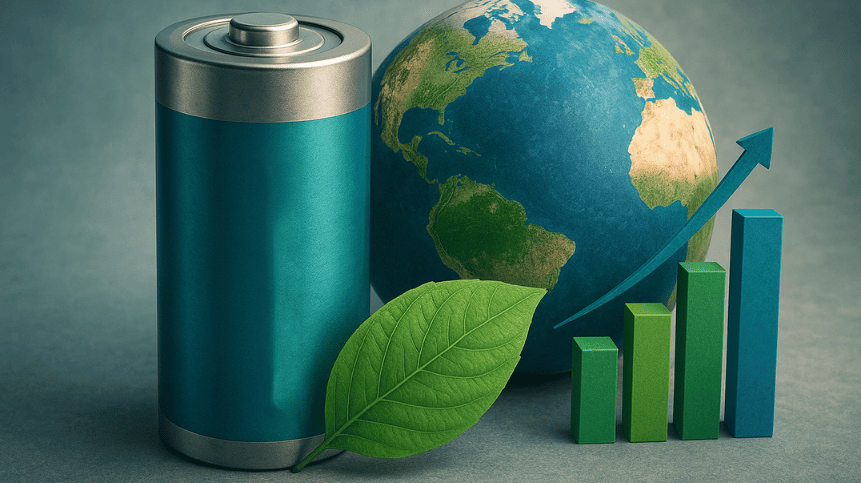 May.2025.11.17The Future of Lithium-Ion Batteries: Innovation, Sustainability, and Global Market TrendsLearn More
May.2025.11.17The Future of Lithium-Ion Batteries: Innovation, Sustainability, and Global Market TrendsLearn More




